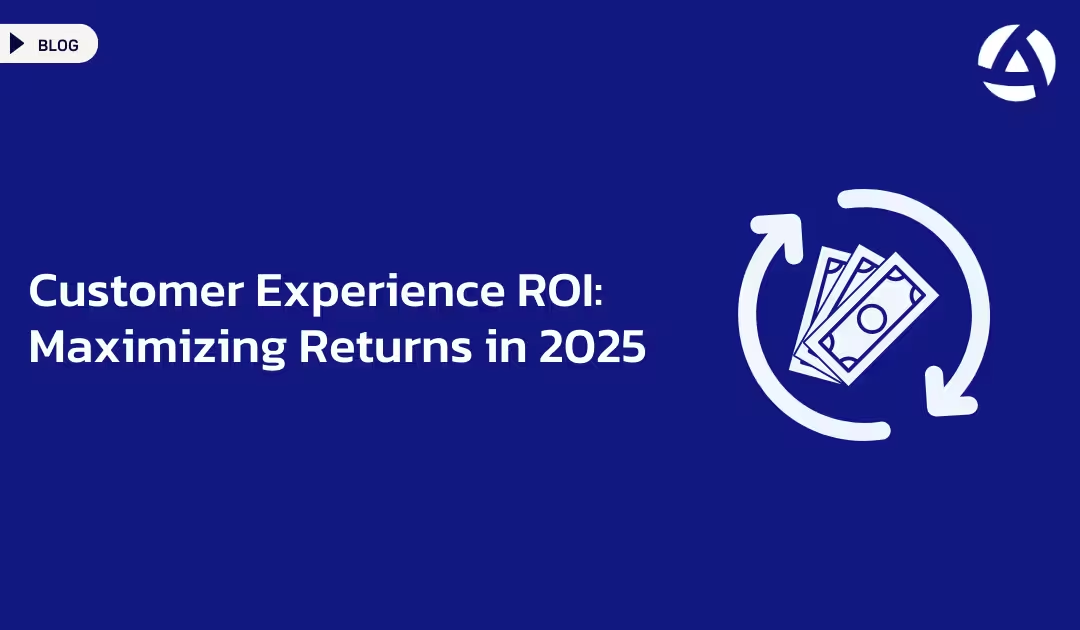Customer Experience (CX) has become a cornerstone of business strategy, driving customer loyalty and long-term growth. But how can companies measure and maximize their Customer Experience ROI (Return on Investment)? This post explores key strategies for ensuring that your CX efforts contribute significantly to your bottom line.
Understanding Customer Experience ROI
Customer Experience ROI represents the financial benefits derived from investing in CX improvements. These benefits can include increased customer retention, higher spending, and reduced acquisition costs. Measuring ROI helps businesses evaluate the effectiveness of their CX strategies and allocate resources more efficiently.
Factors Influencing Customer Experience ROI
Several factors determine the ROI of your CX initiatives:
- Customer Retention Rates: Loyal customers are more likely to repurchase and recommend your brand.
- Net Promoter Score (NPS): A high NPS indicates strong customer satisfaction, which correlates with higher ROI.
- Operational Efficiency: Streamlined processes can reduce costs while improving the customer experience.
Measuring Customer Experience ROI
Measuring CX ROI requires a combination of quantitative and qualitative data. Here are some ways to track it effectively:
Revenue Metrics:
-
- Compare revenue growth before and after implementing CX changes.
- Analyze the lifetime value (LTV) of customers who experience improved service.
Cost Metrics:
-
- Calculate cost savings from reduced churn and fewer customer complaints.
- Assess the efficiency gains from automation in customer interactions.
Customer Feedback:
-
- Use surveys to gauge customer satisfaction levels.
- Monitor social media sentiment for real-time insights.

Strategies to Boost CX ROI
- Focus on Personalization: Tailor experiences to individual customer preferences to foster loyalty.
- Invest in Employee Training: Empower employees with the skills and tools to deliver exceptional service.
- Leverage Technology: Utilize AI and analytics to predict customer needs and improve engagement.
- Streamline Customer Journeys: Simplify processes to reduce friction at key touchpoints.
- Revenue Intelligence : Implement data-driven insights to optimize pricing strategies, identify high-value customers, and enhance overall revenue performance.
Key Benefits of a Strong Customer Experience ROI
An optimized CX strategy doesn’t just benefit customers—it also delivers tangible business outcomes:
- Higher Revenue: Satisfied customers are more likely to make repeat purchases.
- Brand Advocacy: Customers who enjoy their experience will promote your brand organically.
- Cost Savings: Efficient systems reduce the expense of service recovery and acquisition.
Frequently Asked Questions
What metrics are most effective for measuring Customer Experience ROI?
Revenue growth, customer lifetime value (LTV), and cost reductions are key metrics. Combining these with customer satisfaction scores ensures a well-rounded analysis.
How can small businesses improve their Customer Experience ROI?
Focus on low-cost strategies like personalized communication, streamlined service processes, and actively gathering customer feedback to inform improvements.




